Home> Technical Articles> What must be done to engage the clutch brake?
Our cpmpany offers different What must be done to engage the clutch brake?, how to tell if clutch brake is bad, what does a clutch brake do, clutch brake removal tool at Wholesale Price,Here, you can get high quality and high efficient What must be done to engage the clutch brake?
What are common modes of industrial clutch and brake Aug 15, 2017 — Clutches generally bridge moving machine sections to shape relative motion, while brakes' main job is to stop and hold rotating elements.
What Is A Clutch Brake? - Truckers LogicJan 22, 2017 — The clutch brake has a circular disc with a friction surface that connects to the input shaft of the transmission between the release How to Learn Clutch Control in a Manual Transmission CarJan 30, 2021 — What do we mean by clutch control? The answer: it's controlling the car by partially engaging the clutch, that is, by holding the clutch
| Industrial Clutch and Brakes | ||||||||
| G MM | H2 MM | H6 MM | G1 MM | D2 MM | H7 MM | D24 MM | G (in) | |
| 11.5VC500 107594 | - | - | - | Ed 50/6 for 8500 N Contract Force; Ed 80/6 for 12500 N Contract Force; Ed 80/7bb for 16000 N Contract Force | 1630 Nm | - | 175 mm | - |
| 14VC500 107595 | - | 18.250/18.253 in; 463.55/463.63 mm | 1.63 in; 41.4 mm | 9.38 in; 238.3 mm | - | - | 7-318-310-101-0 | - |
| 16VC600 107596 | 320000 lb.in; 35508 Nm | 460 hp; 343 kW | 90 gpm; 340 lpm | - | 31 psi; 2.14 bar | 400000 lb.in; 45193 Nm | 14.25 in; 362 mm | 16 |
| 20VC600 107597 | - | 36 lb·ft²; 1.52 kg·m² | 160 hp; 119 kW | 9.75 in; 247.7 mm | 0.6 in; 1.5 cm; 75 in³; 1.2 dm³ | 12.19 in; 309.6 mm | - | 23.247/23.250 in; 590.47/590.55 mm |
| 24VC650 107598 | - | 0.84; 87 | 1.38 in; 35 mm | 8 | 20.12 in; 511 mm | 18.50 in; 470 mm | 5.50 in; 140 mm | 11.50 in; 292 mm |
| 28VC650 107599 | 4.38 in; 111 mm | 7.00 in; 177.8 mm | - | 1.38 in; 35.1 mm | 100 hp; 75 kW | 24 psi; 1.66 bar | 40 psi; 2.76 bar | 21/32 in; 16.7 mm |
| 33VC650 1076 | 480000 lb.in; 53263 Nm | 135 gpm; 510 lpm | 6 - 1 NPT | 9.00 in; 228.6 mm | - | 0.25 in; 6.4 mm | 7-330-310-300-0 | 15.75 in; 400.1 mm |
| 37VC650 107774 | 2.36 in; 59.9 mm | - | 21/32 in; 16.7 mm | 105 gpm; 396 lpm | 32.75 in; 831.9 mm | 11.67 in; 296.4 mm | - | - |
| 42VC650 107775 | 1.75 in; 44 mm | 30.62 in; 778 mm | 413195 | 3/8-18 in; 3/8-18 mm | - | 3/4 SAE ORB | 640 in³; 10.5 dm³ | 1080 hp; 805 kW |
| 11.5VC500 105861 | 8.00 in; 203 mm | 1320 lb; 599 kg | - | - | - | - | - | 14 |
| 14VC500 105862 | - | - | 10 | - | 15 in; 381 mm | - | - | 45.51 in; 1156 mm |
| 16VC600 105863 | 4300 rpm | - | - | 0.54 lb·ft²; 0.023 kg·m² | - | - | - | - |
| 20VC600 105864 | - | 0.8 in; 2.0 cm; 240 in³; 3.9 dm³ | 36.997/37.000 in; 939.72/939.80 mm | 30.378/30.375 in; 771.53/771.60 mm | 14 psi; 0.97 bar | 263 lb; 119 kg | - | 4.63 in; 117.6 mm |
| 24VC650 105865 | 3 - 1/2 NPT | - | 1.25 in; 31.8 mm | 8.62 in; 218.9 mm | 21/32 in; 16.7 mm | - | 7.00 in; 177.8 mm | 16.253/16.250 in; 412.83/412.75 mm |
| 28VC650 105866 | 315 mm | 330 mm | - | 190 mm | - | - | 830 mm | - |
| 33VC650 105867 | - | 2600 rpm | 6.43 in; 163.3 mm | 2.00 in; 50.8 mm | - | 0.34 in; 8.6 mm | 0.06 in; 1.5 mm | 1800 rpm |
| 37VC650 105868 | 0.3 mm | 30 º | - | 28 kg | - | - | 160 Nm | 1.16 A |
| 42VC650 105869 | 8 | 19; 9 | 12.125 in; 308.0 mm | TBD in; TBD mm | 1.75 in; 44 mm | 61 lb; 28 kg | 8.375 in; 212.7 mm | 2150 rpm |
| 14VC1000 107601 | 0.63 in; 16.0 mm | - | 23.63 in; 600.2 mm | 6.00 in; 152.4 mm | 9.00 in; 228.6 mm | - | 130 psi; 9 bar | 4 - 1/2 NPT |
| 16VC1000 107602 | - | - | 50 kg | 175 mm | 144 mm | 30 º | - | 110 V |
| 20VC1000 107603 | - | - | - | - | - | - | - | - |
| 24VC1000 107604 | - | 6 | 234 gpm; 885.8 dm³/min | 1240; 562 | 475 rpm | 2340 hp; 1744.9 kW | 16.50 in; 419 mm | 3/4-14 in; 3/4-14 mm |
| 28VC1000 107605 | 31.500 in; 800.1 mm | - | - | - | 35 gpm; 133 lpm | 9.00 in; 228.6 mm | - | 14.13 in; 358.9 mm |
| 32VC1000 107606 | - | 32.79 in; 833 mm | 42 in; 1067 mm | 3400 hp; 2535 kW | 7-436AM-W-1300 | - | - | - |
| 38VC1200 107607 | - | - | - | - | - | - | - | 307 W |
| 42VC1200 107608 | 14.75 in; 374.7 mm | Air Applied | 6 lb·ft²; 0.25 kg·m² | - | 20.5 gpm; 78 lpm | - | Wichita Clutch | - |
| 46VC1200 107609 | 236WCBEP | 590000 lb-in @ 80 psi; 66661 Nm @ 5.5 bar | - | 1135 in³; 18.6 dm³ | 20.75 in; 527 mm | - | - | - |
| 52VC1200 107610A | A300; A350 | Spring Applied, Electric Release | - | - | - | 303 mm; 350 mm | 0.0068 kg·m² | - |
| 51VC1600 107611 | 500 lb | - | - | - | - | 175300 lb·in | - | 3/32 to 5/32 in |
| 60VC1600 107612 | - | 2100 rpm | Truck | 3 sec | 14.750 in | - | - | - |
| 66VC1600 107613 | Pintsch Bubenzer | - | - | Spring Applied, Electric Release | - | - | 42 kg | - |
| 11.5VC500 408376 | - | 52VC1200 | 306 kg·m² | - | - | 1.13 in; 29 mm | 51.75 in; 1314 mm | - |
| 14VC500 41117 | - | 1.50 in; 38 mm | 1/2-14 NPT | - | - | - | 23.82 in; 605 mm | 17 lb·ft²; 0.71 kg·m² |
| 16VC600 408277 | - | - | 3.88 in; 98 mm | - | - | - | 80 lb·ft²; 3.36 kg·m² | - |
| 20VC600 408279 | 30 º | - | - | 128 mm | 0.3250 kg·m² | 272 mm | - | - |
| 24VC650 408281 | 14 psi; 0.97 bar | 320000 lb.in; 36154 Nm | 9.00 in; 228.6 mm | - | 1.13 in; 28.7 mm | - | Air Applied | 75 gpm; 284 lpm |
| 28VC650 50548 | - | - | 200 mm; 250 mm | 6000 min-1 | 110 mm | - | 15 mm | 28 mm; 32 mm; 38 mm |
| 33VC650 505285 | - | 24.375 in; 619.1 mm | - | 16 | 0.78 in; 20 mm | - | 0.500 in; 12.7 mm | 15.000 º |
| 37VC650 505275 | 3520 Nm | - | 630 mm | 2750 Nm | - | - | - | - |
| 42VC650 502369 | - | 128 W | - | Spring Applied, Electric Release | - | - | - | - |
| 11.5VC500 410856 | - | 110 V | - | - | 38 mm; 42 mm; 48 mm; 55 mm | - | 117 mm | 196 W |
| 16VC600 505283 | 36 gpm; 136.3 dm³/min | 23.250 in; 590.6 mm | 1/2-14 | - | 112000 lb·in; 12645 Nm | - | 9.62 in; 222 mm | 360 hp; 268.5 kW |
| 20VC600 509698 | 120 | 93 | Air Applied | 0.158 | 1552 lb·ft²; 65.4 kg·m² | 25/32 in; 19.8 mm | - | 370 lb·ft²; 15.6 kg·m² |
| 24VC650 509699 | - | - | - | - | - | - | Clutch only, Assembly Number, 6-118-200-143-0, Drawing Number, -909-9; Clutch with DIC Flange Ring, Assembly Number, 6-118-204-300-0, Drawing Number, -901-9 | - |
| 28VC650 5097 | - | 0.307 in²; 1.98 cm² | 15.4 in; 391 mm | 1 | 150 psi; 10.3 bar | - | - | 14.2 in; 361 mm |
| 33VC650 509701 | B3 | 14.2 in; 361 mm | - | - | 1-14 | 0.69 in; 18 mm | - | - |
| 37VC650 509702 | Pintsch Bubenzer | 110 V | - | 60 mm; 65 mm; 75 mm | 106 kg | - | - | - |
| 42VC650 509703 | - | - | - | - | 4700 lb; 2132 kg | - | 3335 lb·ft²; 141 kg·m² | - |
| 14VC1000 508545 | 0.0175 kg·m² | - | A350; A400 | - | - | - | - | - |
Clutch or brake first? Which pedal should you step on firstMay 31, 2018 — To keep the engine from bogging down, depress the clutch only to gear down and only when the car is about to come to a halt. It is said that
What is a Clutch Brake? - It Still RunsClutch brakes usually resemble either drum brakes or automotive clutches. When the driver pushes the clutch pedal all the way to the floor, the clutch brake What's the Difference Between the Brake and the Clutch?If you're moving at a slow speed, all you have to do is to engage the brake pedal until you're below 20kmph and engage the clutch to bring the vehicle to a
Clutch or brake first when stopping or slowing down? - World Should you press the clutch first before the brake when stopping or brake then clutch? This is a common question for new drivers. Have a look at the video below Braking Tips: Clutch first or brake first - CartoqApr 7, 2020 — You have to press the clutch before the brake pedal if your speed is less than the lowest speed of the gear you are in. You can find the lowest
Do You Have to Press the Clutch When Braking? - Learn When bringing your car to a stop, press the clutch down just a few metres before braking to a stop. If you're braking whilst also changing down to a lower How does partially engaging the clutch affect a car's movement?Mar 29, 2016 — All you have to do is release the clutch pedal till it reaches the bite point, accelerate slightly then release the clutch pedal completely and drive. To know 3 answers · 10 votes: A clutch is not a binary mechanism. You are correct: when you step on the clutch it disconnects What is a clutch brake? - Quora2 answersAug 13, 2015What is the correct method to apply brakes in a 104 answersJun 24, 2015While slowing down, is it harmful to press the 173 answersAug 23, 2014Does it hurt the car to use the brake and the clutch 11 answersJun 14, 2015More results from www.quora.com


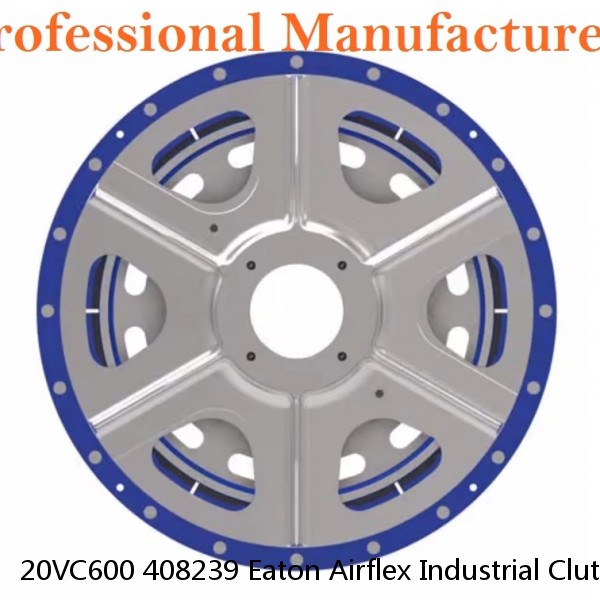 20VC600 408239 Eaton Airflex Industrial Clutch and Brakes
20VC600 408239 Eaton Airflex Industrial Clutch and Brakes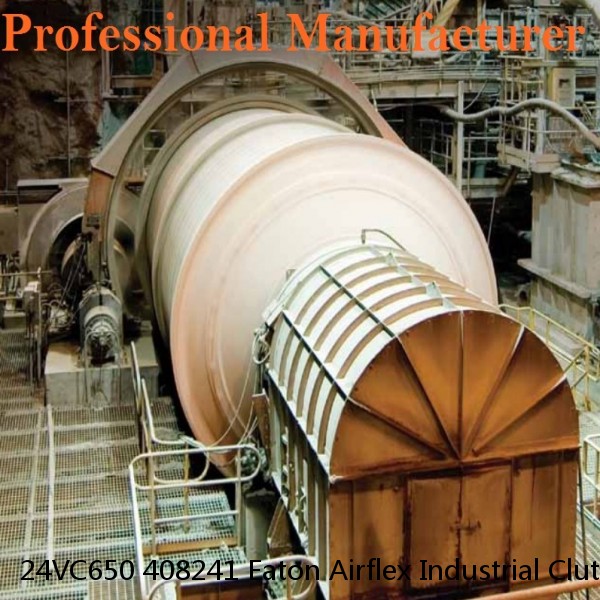 24VC650 408241 Eaton Airflex Industrial Clutch and Brakes
24VC650 408241 Eaton Airflex Industrial Clutch and Brakes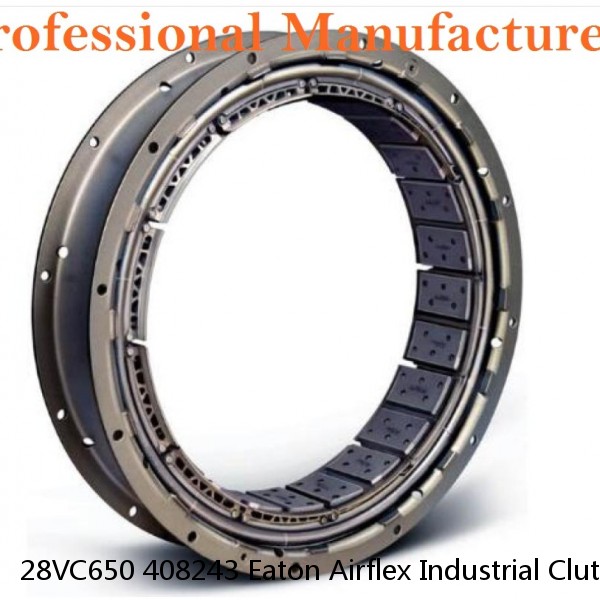 28VC650 408243 Eaton Airflex Industrial Clutch and Brakes
28VC650 408243 Eaton Airflex Industrial Clutch and Brakes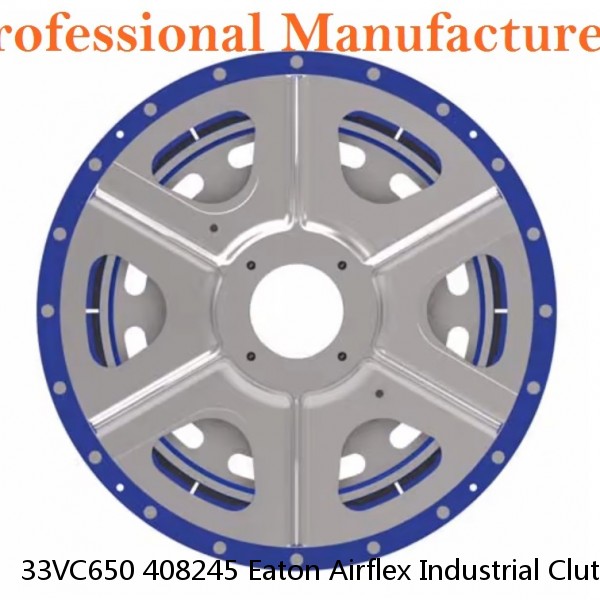 33VC650 408245 Eaton Airflex Industrial Clutch and Brakes
33VC650 408245 Eaton Airflex Industrial Clutch and Brakes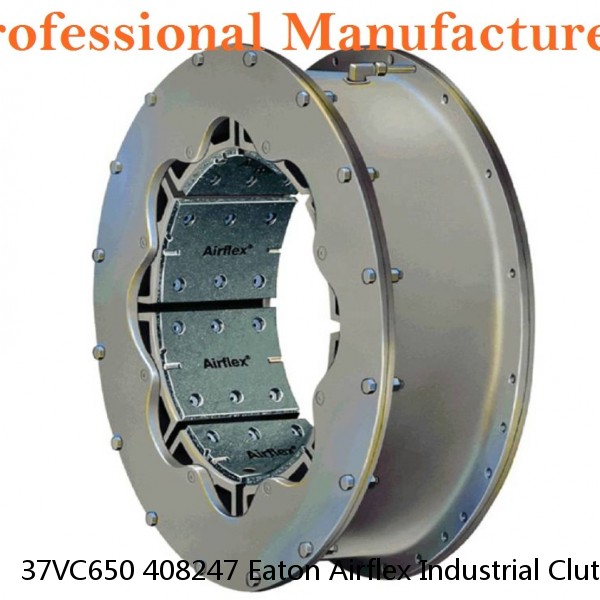 37VC650 408247 Eaton Airflex Industrial Clutch and Brakes
37VC650 408247 Eaton Airflex Industrial Clutch and Brakes